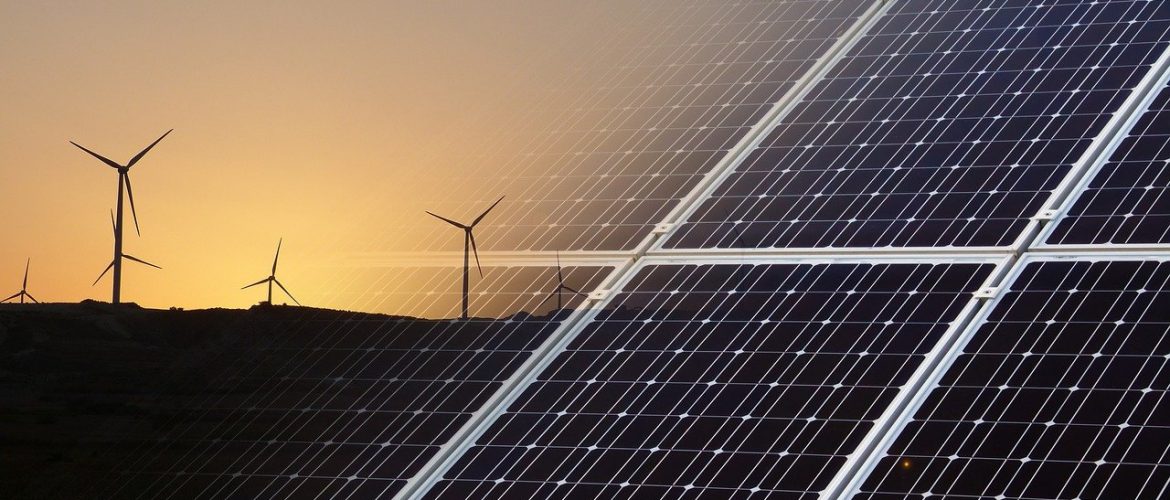According to the latest available monthly data from the Greek IPTO (ADMIE) for the interconnected network (June 2023):
Electricity production from renewables (1554 GWh) decreased in June compared to the previous months of 2023, recording the second lowest since January (1551 GWh). However, it maintained its leadership in electricity production in the first half of 2023 (10097 GWh), surpassing fossil gas and lignite combined (8260 GWh) by almost 2 TWh (1837 GWh). Following a steadily increasing trend over the last 10 years, electricity production from renewables was in first place in the first half of 2022 as well, but back then it overtook fossil gas by a much smaller margin (+755 GWh in 2022 compared to +3976 GWh in 2023) and was behind the cumulative contribution of fossil gas and lignite by 1704 GWh.
Overall, in the first half of 2023 and despite the “dip” compared to 2022, gas remained in second place (6121 GWh), while net imports were in third place covering 3542 GWh. This was followed by lignite (2139 GWh), which has shown a continuous downward trend in the first half of the last 6 years, and large hydro (1590 GWh).
The large decrease of gas in the contribution to electricity production during the first six months of the year compared to the same period in 2022 (-2638 GWh), the smaller decreases from large hydro (-555 GWh) and from lignite (-321 GWh), were primarily offset by the reduction in electricity demand (-2178 GWh), followed by the increase in net imports (+759 GWh) and the increased contribution of renewables (+582 GWh).
The corresponding percentage changes in the first six months of the year compared to the same period in 2022 were as follows:
Lignite: -13.1%
Fossil Gas: -30.1%
Renewables: +6.1%
Hydro: -25.9%
Net imports: +27.3%
Demand: -8.5%
In total, in the first six months of 2023, clean energy from renewables and large hydro (11688 GWh) exceeded fossil fuel-based production (8260 GWh) by more than 3 TWh, setting a record compared to the corresponding period of the last 10 years. On the contrary, electricity production from fossil fuels during the same period reached an all-time low, having decreased by 26.4% compared to the same period in 2022.
Renewables set a record by covering 43% of demand in the first half of 2023, almost 6 percentage points above the previous high of 2022 (37.1%), while together with large hydro they covered almost half of demand (49.7%). The increase in domestic electricity production was even greater, as renewables together with large hydro had a share of 58.6%, exceeding the 2022 share in the same period by almost 8 percentage points (51%). The remaining demand in the first six months was met by fossil gas with a share of 26.1% (the lowest since 2019), net imports with 15.1%, and lignite with 9.1% and hydropower with 6.8%.
Especially for June 2023:
- Electricity demand (3878 GWh) was the lowest for the month of June in the last 5 years and the third lowest compared to the rest of 2023 (after April 3609 GWh and May 3662 GWh)
- Lignite production (219 GWh) was the second lowest for the month of June in the last 12 years, just behind June 2020 (207 GWh).
- Production from hydropower (371 GWh) was the highest compared to the rest of 2023
The decrease in electricity demand compared to the same month last year continued for the twelfth consecutive month (-10.4%). Thus, cumulative consumption for the first six months of 2023 (23499 GWh) decreased by 8.5% compared to the same period of the previous year, while the decrease was lower compared to the five-year average (-6.4%).




















































































































































































































































































































